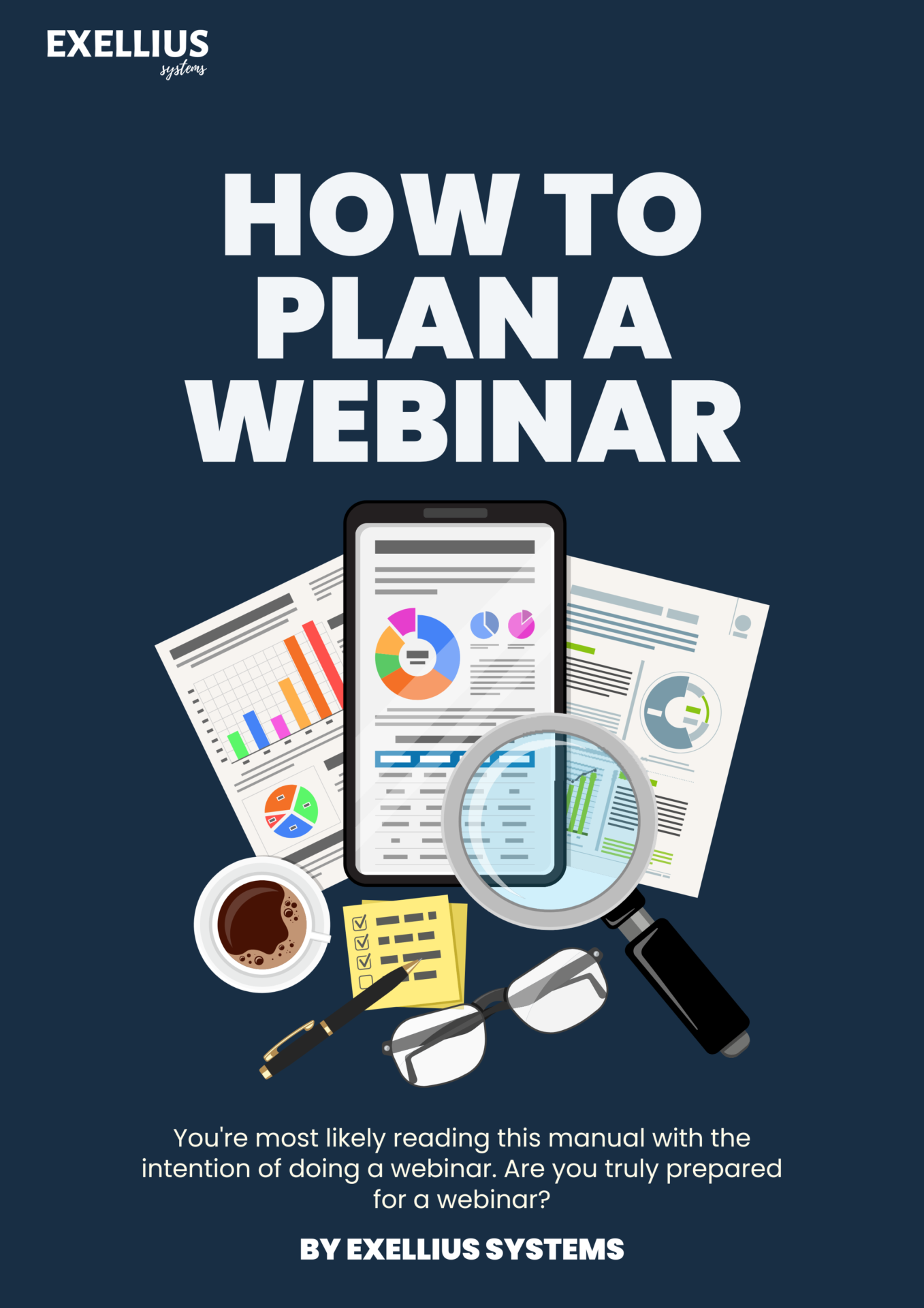
The world survived one of the most fatal viruses in the recent past. There were times when many people died unavailability of hospital beds. Although the threat hasn’t entirely disappeared, we have some amazing technology that can help out-patients as well.
Patients and medical professionals alike are becoming more and more interested in telehealth and remote patient monitoring. Managing acute and chronic conditions is made possible by remote patient monitoring. Additionally, it lowers the risk of infection and the cost of patient travel.
By taking into account this technology’s steady growth rate of 26.7% from 2022 to 2027, the advantages of this technology can be visualized. It is anticipated that the global market for monitoring systems will increase from $53.6 billion in 2022 to $175.2 billion in 2027. Source: markets and markets
Remote Patient Monitoring System
Physiologic monitoring over the internet is another name for remote patient monitoring. To track and gather patient medical and other health data, it makes use of digital technologies. Later, it electronically transmits this data for evaluation by medical professionals.
Furthermore, it provides advice and directions as needed.
Health data is being collected by using technology for virtual care. Included in this information are vital signs such as blood pressure, weight, heart rate, blood sugar levels, and others. It is capable of quickly retrieving the required medical data wherever the patient is.
Interesting statistics in Remote Patient Monitoring
- In 2020, over 23.4 million US patients were using RPM; by 2024, there will be over 30 million US patients using RPM.
- About 65-70% of consumers who participated in a survey by MSI International with 300 consumers expressed interest in the RPM program with a care provider.
- 80% of Americans support programs for remote patient monitoring.
- 37% of respondents felt it gave people more control over their health, 43% thought it was convenient, and 39% thought it was effective. Furthermore, 36% believe that it accurately conveys all of the information.
- 25% of patients are interested in using RPM and are prepared to switch to a new healthcare provider for the purpose.
- There are 88% of healthcare providers prefer the RPM system.
Benefits of Remote Patient Monitoring
In order to improve healthcare accessibility, it is crucial to fully utilize technology’s potential. Because of this, the healthcare sector has come to understand and value remote patient monitoring.
Hybrid Healthcare
The first step in improving healthcare is remote patient monitoring. Giving patients the knowledge they need to make informed decisions is altering the way that patients and clinicians communicate.
RPM technology, which will continue to transform the healthcare sector, will make it possible for patients to have better access to care and better patient outcomes.
Diagnostic accuracy for remote patient monitoring will eventually be on par with that of in-center tests. The patient is still a long way from the hospital, but it will still be a good way to gather real-time data.
Better Communication and Collaboration
One of the most important benefits of remote patient monitoring is the ability to monitor patients while they travel or receive care outside of a traditional healthcare setting.
The procedure enables the patient to be examined by a skilled professional who is familiar with cutting-edge technology and can quickly provide an accurate diagnosis.
Low hospitalization cost
Thanks to technology that allows for remote patient monitoring, patients can leave the hospital while receiving treatment. This lowers the cost of hospital stays and outpatient care.
Because they can recover in the comfort of their own homes, patients are less likely to experience the drawbacks of prolonged hospital care. When being close to loved ones speeds up recovery Remote patient monitoring allows for a quicker return to work for patients, shortening both their and their employers’ payback periods.
Better Data Management
Accurate patient data collection is made simpler by technologies for remote patient monitoring. By getting crucial information from the patient’s convenience and comfort, clinicians can more quickly monitor the patient’s health.
For instance, patients can now check their blood pressure, heart rate, and even blood glucose levels using connected devices.
Monitoring with Accuracy
The use of remote patient monitoring allows medical professionals to monitor their patient’s vital signs from any location, be it within the hospital or across the globe.
Security personnel, clients, and medical professionals can be alerted if a problem arises so that a crisis can be averted. Information about the patient is gathered, along with data from their health report, in order to provide better healthcare outcomes.
Data Analysis
The data gathered by a remote patient monitoring device can be reviewed by healthcare professionals using remote patient monitoring software. A report is then produced to document the patient’s progress after sending the patient’s data to a medical expert for diagnosis.
Remote patient monitoring software makes it possible to improve real-time observation, data analysis, and accuracy, all of which result in better patient outcomes.
Conclusion
Technology is a strong tool in the hands of healthcare professionals. We no longer operate in the same manner as we once did in terms of how we live our lives and how we take care of our health.
We can instantly access all relevant health data with the aid of our smartphones and tablets. With the help of remote patient monitoring, we can enjoy the same convenience while remaining in the comfort of our homes.







